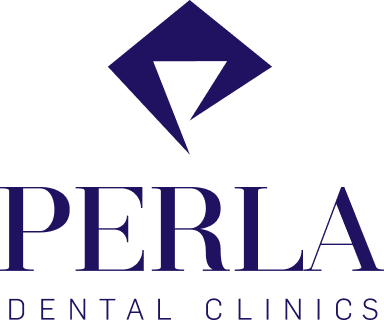When a patient goes to a dentist or maxillofacial surgeon seeking help with missing teeth, one treatment option that crops up regularly is dental implants. These consist of titanium screws that are implanted into the jawbone and allowed to fuse with the bone to create a solid foundation. An artificial tooth is then installed on top. This has been designed to look, feel and behave like a natural tooth. Dental implants offer a reliable, long-term solution to a distressing and painful problem. What happens, howeve, if there is not enough jawbone to receive the implant, Or there is another problem with the area preventing the jawbone to be used in this way? This is where zygomatic implants come in to play.
What are Zygomatic Implants?
When there is not enough jawbone mass to take dental implants, there could be the option to have them inserted into the cheekbone instead. These are called zygomatic implants. This option only works for teeth missing from the upper dental arch. To install artificial teeth that are missing from the lower arch, a bone graft may be required. Zygomatic implants are fixed to the cheekbone in a similar wat to a jawbone implant.
However, the permanent artificial teeth can normally be fixed at the same time with biocompatible, zygomatic implants. Rather than the patient having to wait for weeks or months for a jawbone implant to fuse. You should listen to all your options before deciding to proceed with zygomatic implants, as they are a permanent treatment for missing or damaged teeth.
Who can have Zygomatic Implants?
In the same way as dental implants fixed to the jawbone, zygomatic implants are only suitable for people whose adult teeth have grown in. This makes them unsuitable for children. There must be sufficient bone mass in the cheekbones to take the implants and ensure a solid, stable fit. Zygomatic implants work well for people without enough jawbone mass for the implant screw to fuse correctly. This could be due to medical disorders, an accident or injury or a genetic condition.
Everyone’s facial bone structure is different, however. It is up to the dentist or surgeon to assess your suitability for the treatment and guide you as to the best way forward. Zygomatic implants only work for missing upper teeth, due to the position of the cheekbones in relation to the dental arch.
How are Zygomatic Implants installed?
The process starts with a thorough examination of the patient’s teeth, jawbone, cheekbones and oral cavity. Scans are taken to locate the nerves and sinus cavities to ensure that these are not damaged during the surgery. Precise measurements are taken within the area that is missing teeth. This is to make sure that the artificial teeth can be created to look natural and fit comfortably in the gap. Together with an overall health assessment, the results will determine whether or not zygomatic implants can be installed.
If the decision to go ahead is made, the patient will undergo local anaesthesia and possibly sedation as well to keep them calm and still. Titanium implants are fitted into the upper, or zygomatic arch and cheekbones in a procedure that takes around 30 minutes to an hour, depending on the severity of the case. Then, the artificial teeth, or crowns are installed on top and permanently fixed in place. The whole process can normally be done in one day, subject to there being no complications or additional bone grafts required.
How do you look after Zygomatic Implants?
After your zygomatic implants surgery, you can take painkillers to cope with any immediate pain. However, if the pain continues, or becomes unbearable, you must return to your surgeon straight away. Once fitted, zygomatic implants can be treated like your natural teeth in terms of brushing and eating. Look after your zygomatic implants well, keeping them clean and free from debris. This will help them look and feel good and last longer.
You will need to return to your surgeon or dentist for regular check-ups in the weeks following the procedure to ensure that healing is taking place and that the zygomatic implants are performing as expected. Your surgeon or dentist will let you know when you are ready to be signed off from the check-ups.


